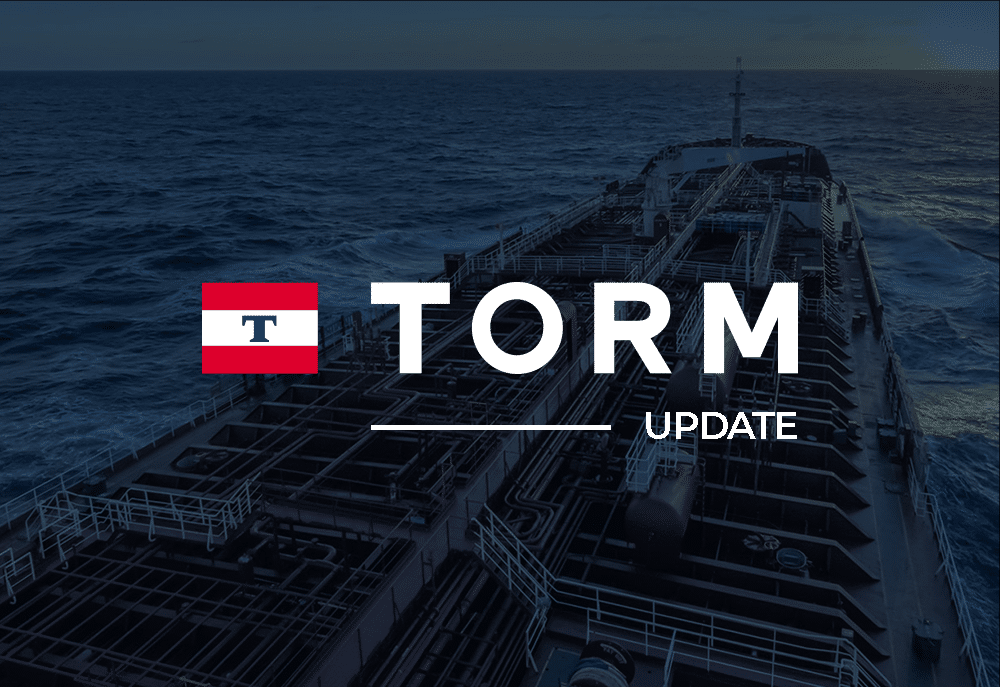There are many ways to organize an email inbox. In order to keep track of your emails it is important to automate some processes regarding email and inbox management. This is especially true for maritime businesses that receive a lot of emails every day. Flooded email inboxes are overwhelming to deal with, which in many cases can lead to disorganization and inefficiency. In the worst-case scenario, causing you to miss important messages and vital business inquiries or opportunities. Which is why it is important for maritime businesses that receives a large amount of emails every day, to be able to automatically filter high volume emails in their maritime email system. In order to do so, we provide you with 5 tips you should consider regarding automatic filtering of high volume email.
Consider if automatic filtering works for you
In order for you to filter and organize your email inbox successfully, you must consider who you are, what type of job you have (processes within your business) and what you need accomplished. If you receive large amounts of emails every day, it is almost impossible for you not to gain any advantages by automatic filtering of high volume email. A maritime email system with advanced filter and search functions will be able to help you achieve efficiency. On the other hand, if you are not drowning or overwhelmed by incoming emails, or if you become extremely anxious if you do not see or handle each email right away, automatic filtering of emails might not suit your workflow.
Related: Why automatic filtering in MARK5 adds value – a perspective from Casper Thalund
Identify the problem you are trying to solve
Before you start setting up filters in your email client, make sure that you identify and recognize the issues you are dealing with. Maybe you have a space quota for email that demands that you keep your inbox trimmed to the minimum. Or are you overwhelmed by emails that simply need to be filed or checked briefly? Perhaps, you need to arrange emails in a certain way so you can prioritize your work? Or do you need to create email rules that check for a specific sender or a certain subject and thereby use the filter function to sort your high volume emails into folders? Whatever the issue you are trying to overcome, it is important that you are aware of the problems you are trying to accommodate in order to have success with automatic filtering of high volume email.
The search function in your email client
If your email client has a highly sufficient search function that can quickly find specific emails among 100s of emails received every day, you should consider to what extent you need filters. The ideal would be to have a well-defined search function that supports your defined filters so you can find emails easily. If you conclude that your email client has a limited search function, filing emails manually and using other simple grouping tools to keep track of your inbox may serve you better. However, in the maritime world it is important that you have a maritime email system that can automatically filter high volume emails. Because, filtering functions combined with efficient search functions in email clients will give you optimal email management capabilities.
Now, create your filters
When you have identified what issues you want your filters to manage, it is time to set up the filters in your email system. In a maritime email system, it is often useful to filter emails into folders depending upon the business, ship or type of customer who is sending the email. In shared team environments, another useful trick is to setup rules and agree with your colleagues on certain words used in the subject field of the email. Those words can then be used to filter group emails received into certain folders depending upon subjects – for example “sales”, “ship name” or “orders”.
Related: How to automatically filter emails
Reconsider your filters
Remember, that organizing emails and filtering of high volume email is an ongoing process that regularly has to be evaluated. Which is why, in order to stay on top and keep track of your email inbox, it is important that you reconsider your filters once in a while to make sure that your filters are still relevant and have not outlived their purpose and effectiveness. Perhaps, your job, business processes, projects or standards have changed within your company in a way that makes the current defined filters outdated or in need to be changed or optimized so they still fit the demands of your workflow.
Follow these links if you would like to know more about the topic



